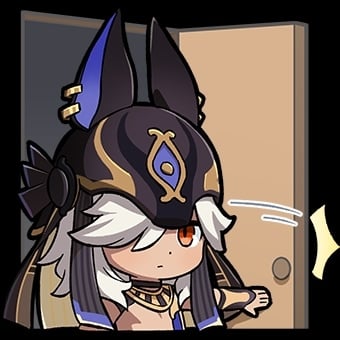Hi, English isn’t my mother tongue so I was asking myself that question since I first encounted a w/… Back then I was like: “What tf does ‘w slash’ stand for?” And when I found out I was like “How, why, and is it any intuitive?” But I never dared to ask that until now


People have needed quick notations for as long as language has been written. While I’m not going digging for links because fuck that shit for a casual comment, it remains true in every form of writing around the world that I’ve read about (obviously, I can’t read them all, and the few I can I don’t read well, but that’s why linguists get paid to do it for a living).
There are numerous symbols that represent entire words in writing. $, &, @,®,©,™, and that’s just the few my on screen keyboard makes easy.
The / is very commonly used to denote that the rest of a word has been “slashed” off of the previous section. It is intuitive to a degree in that it has been used for that in multiple places independently. Using a single symbol for that is very common.
It happening with with is just the most common example that most people will run into. Moreover, it’s typically applied in situations where the expected readers will be aware of that shorthand.
As an example, one of the nursing homes I worked at used a letter slash system for a lot of the common tasks we’d perform on our big whiteboard. You’d have room numbers and letters (for two bed rooms), with a grid. If you gave the patient their shower, you’d note s/. Bed bath would be b/. Meals were denoted with the first letter and slash except breakfast, which got m/ for morning (because b was already taken).
Now, we used lower case for tasks and upper case for initials as well, so that you could come up between rooms, make the note, and sign it in just seconds. When you’re taking care of 30+ patients per hall, those seconds are valuable.
The w/ notation has been used for hundreds of years that I know of. I saw copies of colonial era logs that used it, and they went back to the 1600s iirc.
But, let’s give another example to help you get that it’s really no different from another word that happens to mean the same thing as with. If I say something is big, you’ve probably seen the word before, right? Picking up English as a second language usually means starting with smaller adjectives.
But, there’s other words that mean the same thing, or the same thing at a different scale large means the same as big. Huge means the same basic thing, but is typically used to mean “very big”. So, huge is a kind of shorthand too, in use. But until you encounter it the first time, it’s no more intuitive than big.
Then, the glory of English means we get all kinds of surplus words. Gargantuan, brobdingnagian, massive, they all mean that something is very big.
So, just think of w/ as a very small word that happens to share a single letter with the word with, and you simply hadn’t run across it. Nobody has the entirety of English in their heads, even vocabulary geeks. We all eventually run across something new to us, though the longer you read in English, the less often it occurs.
Now, why the slash? As opposed to some other symbol like -, :, or whatever. Think about writing with a stylus, brush, or quill pen. Dots and slashes are the easiest things to write, and are thus the fastest.
If you’re on a dock, scribbling down the load that’s coming in, you need that speed. When you’re keeping log books of any kind, you need to minimize hand strain, so fewer symbols means less strain.
W/ is the OMG or lol of more important things. It’s just another way of saving space and/or time
The ampersand (&) was so commonly used that for a while it was taught as a letter. British schoolkids in the mid- to late-19th century would include it as the 27th letter on writing work and needlework samplers, usually after “z”.
There’s some discussion that the Alphabet Song ends with “w, x, y & z” specifically to include it.
Totally gave 17b s/ /s
Woah, tysm for that detailed answer :D
No worries :)